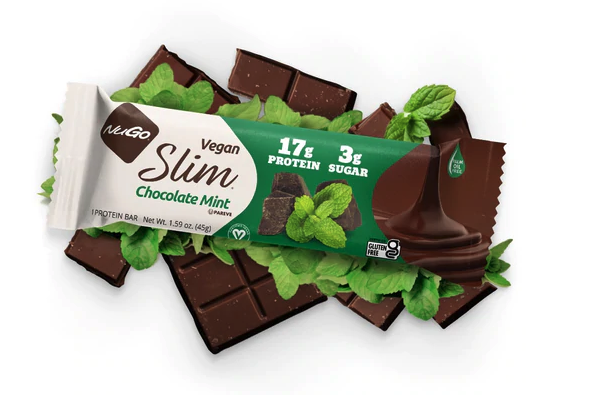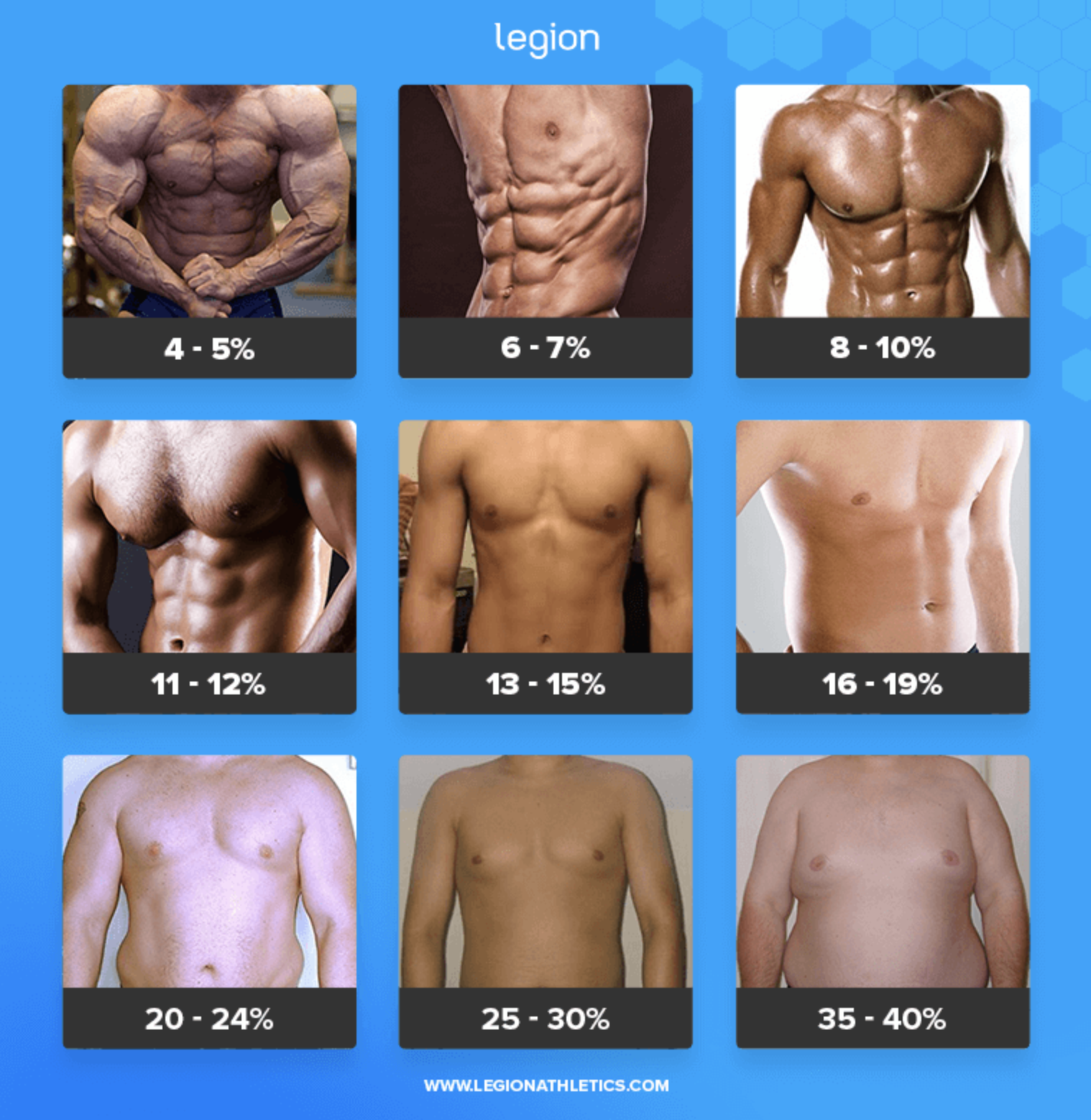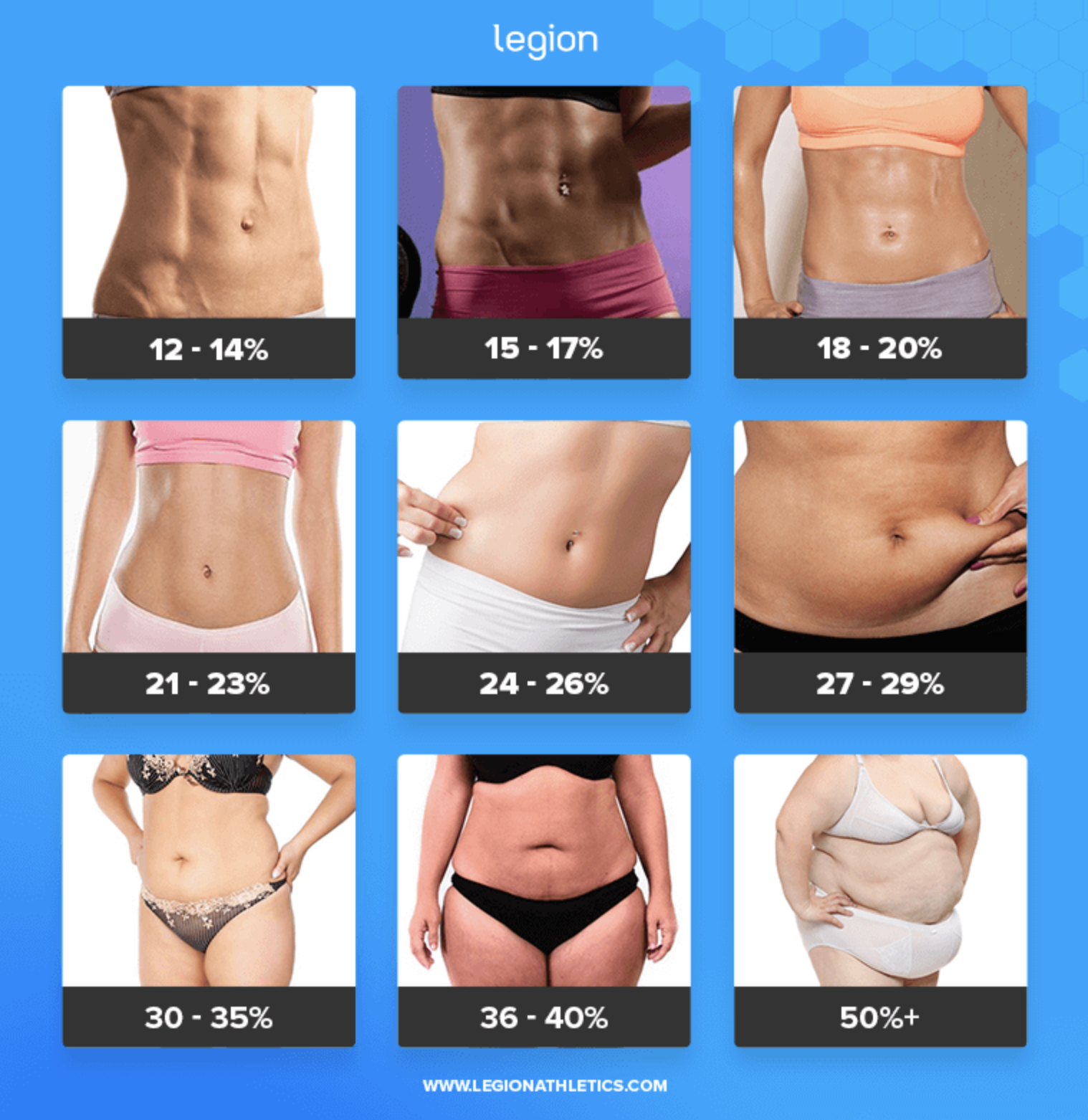Let's chat briefly about protein bars.
We all know what it’s like to casually stroll into the health market section of a grocery store in search of a protein snack just to be met by a seemingly endless selection of sometimes 50 or more protein bars.
It can be intense, overwhelming, and discouraging, and I wouldn’t be surprised if some people wind up leaving those aisles just as soon as they’ve entered in hot pursuit of a Cosmic Brownie and a bag of chips instead.
So, which protein bars should you buy?
That’s a great question, but let’s first talk about what I mean when I personally use the word “should.”
Every “should” you will ever hear from me will be accompanied by a disclaimer that answers the question, “Why?”
I’m a big believer that anyone telling anyone what they “should” do would be well-suited to have a good reason for suggesting such things. In other words, when there’s a “should,” I always provide a “why.”
So, the only sense in which you “should” take my advice on which protein bars to buy is if you want to optimize your body composition in the most efficient and sustainable way possible.
I want to be clear that buying and consuming protein bars without a nuanced understanding of the goal behind the behavior is not an automatic ticket to “looking better naked” or even being a healthier person overall.
And, remember I don't write for general fitness or health tips usually - this is about body recomposition, which means gaining muscle and losing body fat over the long term to reshape the integrity of your body.
Sound good?
So if you want to change the shape of your body by ditching body fat and building lean mass over the long term, this is my advice to you regarding protein bars.
Tips for Buying Protein Bars When Body Recomposition Is the Goal
Tip 1 - Try to get 20-40g of protein if possible.
To me, the most important thing to look for is that you're getting at least 20g of protein from the bar or that you're eating the bar with another protein source that gets you to that 20g minimum threshold.
We don't need to get too much into the science, but research tends to show that eating protein in doses of 20-40g per eating event stimulates near optimal muscle growth signaling through muscle protein synthesis.
Basically, if you’re going to eat protein, you might as well eat at least 20g of it per sitting to make it worth your while.
That being said, it's not an on/off switch, so you haven't "failed" if you only get something like 15g or 17g. That is certainly better than no protein at all.
In fact, most mainstream protein bars won't have 20g, which means you’ll probably have to do a bit of searching.
It'll be the ones that seem to be marketed a bit more to the bros that have 20-35g, which actually makes a lot of sense.
Bros want muscle, so bros eat more protein. You want muscle, so now you're a bro by a loose application of the transitive property, which means it’s time to level up your protein consumption per meal.
Why settle for 17g when you go for something more optimal?
So make sure you’re getting 20-40g of protein from your bars if you’re interested in maximizing your lean tissue accumulation.
Tip 2 - Do the calories fit your goal and overall eating strategy?
Make sure the calories make sense in context of your full day of eating, which needs to be tailored to your overall goal.
For example, you might find a protein bar that passes the protein test of 20-40g, but it might also be packing way too many calories if your goal is fat loss.
That means that bar isn't a good fit for you!
I have the perfect, real-life example.
Check out these Super Cookie Crunch Bars from MET-Rx that Josh and I used to pound.
You'll notice that they advertise a robust 32g of protein, which is great, right? It ticks our first box.
But they aren't advertising the calories, which are a hefty 420 calories per bar.
Yikes!
And although I can't offer anyone a magical number of calories that an ideal protein bar “should” contain, I can tell you with confidence that 420 calories per bar is probably going to be too many calories for most fat loss dieters (even men) unless you’re using it as a meal replacement bar as the brand recommends.
Even then though, the numbers just don’t add up well, and I’ll show you how.
Let's take some of my exact numbers for example. At the tail end of my diet when I was peeling back the layers for the photoshoot you see at the top of this article, I was eating 1,800 calories per day, which wasn’t much food for someone who was around 170 pounds.
In that case, spending 420 calories on a single bar would have been 23% of my entire day of eating but only 16% of my protein target.
That’s a meaningful percentage of my caloric allotment for the day from a processed brick of pseudo-Oreo happiness, which means it just probably wouldn't have been a good fit in context of the bigger picture.
In other words, it would have been a better idea to replace those calories with whole food option likes lean proteins, vegetables, fruits, whole grains, and healthy fats for a more complete nutritional profile.
Now, apply this same bar to the life of a 110-pound female who is dieting on 1,300 calories per day, and it's now 32% of her daily calories.
You get the point.
It's probably not going to be a good bet just because it likely won't fill you up as much as whole foods would, which is ultimately a poor overall strategy for sustained diet adherence.
Could you do it though? Absolutely. The key is simply to make an informed decision for yourself.
You have to make sure the calories in the bar fit your goal.
Oh, and one last thing: You're probably realizing how a lot of people can actually gain weight eating what they thought would make them "fit."
Remember Regina George from Mean Girls?
Yeah, perfect example. Don't get duped like Regina.
Tip 3 - Are you okay with the ingredient list from a health perspective?
Some people like the idea of keeping the ingredient list as short as possible for personal preference and health.
If that's you, do it!
Just remember that pursuing general health and pursuing a body recomposition goal aren’t necessarily always intimately intertwined, so this consideration is less relevant when it comes to building muscle and losing fat in a direct sense.
For more on that, check out this article.
And, as a bit of a pro-tip, keep in mind too that protein bars are usually processed by nature, so if you're an ingredient purist you've sort of been kicked in the knee before you ever set foot in the aisle.
As far as I know, protein bars don’t grow on trees next to the bananas nor in the soil alongside the yams.
I would also mention that if you're vegan you'll want to make sure your bar's protein is sourced with a soy or pea protein instead of whey.
Tip 4 - Does it taste good?
If taste matters to you, make sure the bar you are buying on a consistent basis tastes good!
That's probably a no-brainer, but it's worth mentioning as a quick fourth point.
When it comes to a fat loss diet, sustainability and adherence are the most important factors for success, so be sure you at least somewhat enjoy the protein bars you’ve chosen to help you reach your goals.
At the same time, don’t expect them to taste like your favorite childhood Halloween treat.
My Personal Recommendations
I know what some of you are probably thinking...
"Just tell me which one to get, dude! I don't have time to think about this stuff!"
Fine.
Although I have to be honest in that I originally published this article before I adopted a plant-based diet.
So, instead of completing reworking the article to be more plant-predominant, I’ve just sprinkled in a few disclaimers here and there to help nuance my new position.
My Ex-Protein Bar
For a long time, my favorite protein bar was the Pure Protein bar for the following reasons:
1. They pack 19-21g of protein depending on the flavor, which means you could either eat 2 in order to hit the 40g of protein mark or happily settle for just one. First rule checked!
2. The Chocolate Deluxe variety only has 180 calories, which means the macros are really great for body recomposition purposes. Keep in mind that the calories have to go up as the protein content goes up, but that's okay! You want your calories to come from protein when you're eating a protein bar, right?
So even when I would eat 2, I was only eating 360 total calories, which is something I could personally afford even when eating like a peasant for fat loss. Second rule checked!
3. The ingredient isn't impressively short like an RX Bar, but I was personally okay with it. Third rule checked!
4. I personally loved the taste. Fourth rule checked!
5. They were very affordable. Fifth rule checked!
Walmart carries these bad boys if you need to make a sprint after work, and I'm definitely not sponsored by them.
Should you buy this one? If it makes sense for your life and your goals!
My Current Protein Bar
There are only two protein bars I regularly consume now that I eat a completely plant-based diet.
The first and most common one is the Clif Builders bar series.
They’re a bit more calorically dense than they whey-based bars I used to consume, but they make up a very small portion of my diet now, so I simply make it work as needed.
These are still great for busy moments, so I try to keep a few in my gym bag or in my vehicle at all times.
The second bar I utilize from time to time is the NuGo Slim Chocolate Mint bar.
It’s a bit more calorically-friendly than the Clif Builders bar, but I try to eat them in pairs since each bar contains 17g of protein.
Curious about what else I eat as a part of my plant-based diet? I’ve got you covered.
Be sure to click on over to my article called Vegan Bulking: My Most Common Meals for Building Muscle on a Plant-Based Diet.
I hope this write-up helps you think about how to navigate the millions of protein bar options you've probably been presented with when shopping.
If you have any specific questions, just email me at ivry.fitness@gmail.com and we can have a humanizing chat about it.
Thanks for reading, everyone! I sincerely hope you enjoyed the content and learned something.
If you feel like this blog brought you any value at all, consider sending it to a friend or family member!
And, if you're interested in working with me one-on-one, visit The Vegan Gym and apply for coaching. I’ve had nothing but success in guiding people toward their fat loss goals.
Cheers, everyone!
-Andrew



























